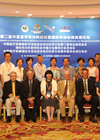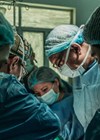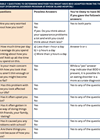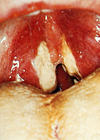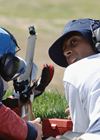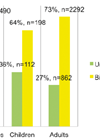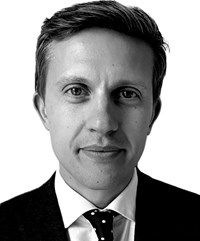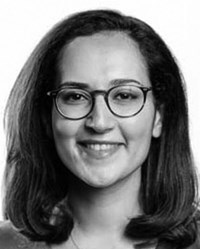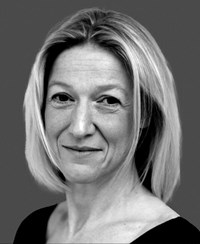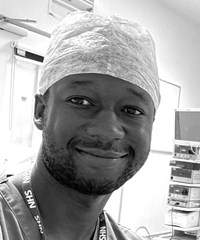ENT features
Genetic research on hereditary hearing loss and clinical application in the Chinese population
Congenital deafness in China affects more people than the entire population of Australia. Prof Wang give us a comprehensive insight into one of the main congenital disabilities in China, looking into the causes of deafness and the benefits of genetic...
Progress of head and neck surgery in China over the last 20 years
Although China was late to establish head and neck surgery in comparison to other areas of oncological surgery, with the persistent hard work of head and neck surgeons nationally, it has progressed significantly during the last two decades. Yueying Ma...
10 steps to improving transition to adult services
Children and parents like the reassurance that staying under the care of the team who looked after them from birth gives, but as the child approaches adulthood he / she must come under the care of a new team. This...
An update on HPV and the vaccination
In recent years, the role of HPV in the development of oropharyngeal cancers has become apparent. Hannah Fox and Vin Paleri contend that while we may not always be able to cure oropharyngeal cancers, vaccination offers our best hope for...
Body self-image – the ENT perspective
Body dysmorphic disorder is a serious psychiatric condition that we all need to be aware of when contemplating aesthetic surgery. It can present in children as well as adults. Prof Vieira and Dr de Carvalho discuss the tell-tale signs and...
HPV and ENT; should we vaccinate boys?
David Black and Charlie Hall reiterate Vin Paleri’s pleas for a common sense evidence-based approach by those who allocate healthcare resources to the now urgent issue of HPV-related disease. They discuss the merits of different vaccines and the need for...
Electronic nicotine delivery systems (e-cigarettes): what you need to know
As an aid to stopping smoking e-cigarettes may have a role, but they are heavily promoted by industry as a leisure pursuit and desirable fashion accessory. Sneh Biyani and Craig Derkay gives a thorough account of what we know about...
Adolescence, drug use and body image
Teenagers are notoriously conscious of how they are perceived by others. Dr Saraiva and colleagues explain how this can lead to problems with substance abuse for both boys and girls, and discuss the different substances they may encounter. Adolescence is...
Tonsillectomy in adolescents
Tonsillectomy is one of the most common operations performed across the developed world. Salil Sood and Ray Clarke discuss the special considerations that apply when performing this procedure on adolescent patients. Tonsillitis in teenagers can be exceptionally painful and disruptive....
Ultramarathons, frostbite and running with wolves
“I could just keep going when most sane people would stop”- the secret to success in head and neck surgery? In August 2015 I crossed the finish line of La Ultra - The High. A small camp of tents and...
Shooting for Gold: ENT surgery and the Commonwealth Games
What are the secrets to success in your career, sports and life in general? Sharp-shooter Parag Patel hits the bullseye again. I write this article following a wave of summer sporting brilliance, from the record Great Britain 67 medal haul...
The National Bone Conducting Hearing Implant Registry
Are you an otologist with an interest in implant surgery? Is your unit on the registry? If not, you’d better have a good excuse after reading this… What is the National BCHI Registry? The National Bone Conducting Hearing Implant (BCHI)...


